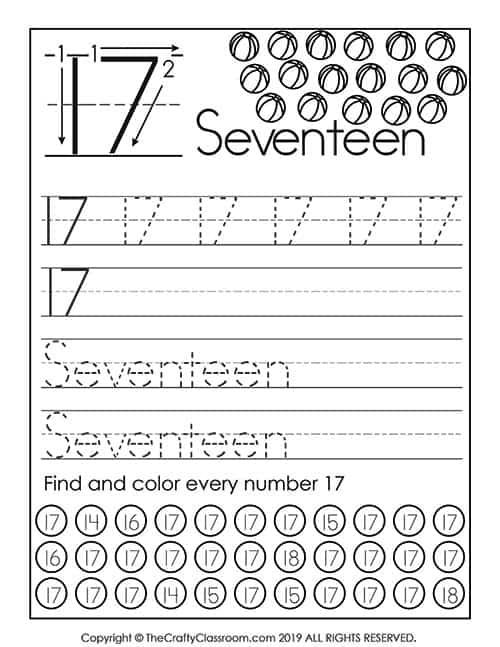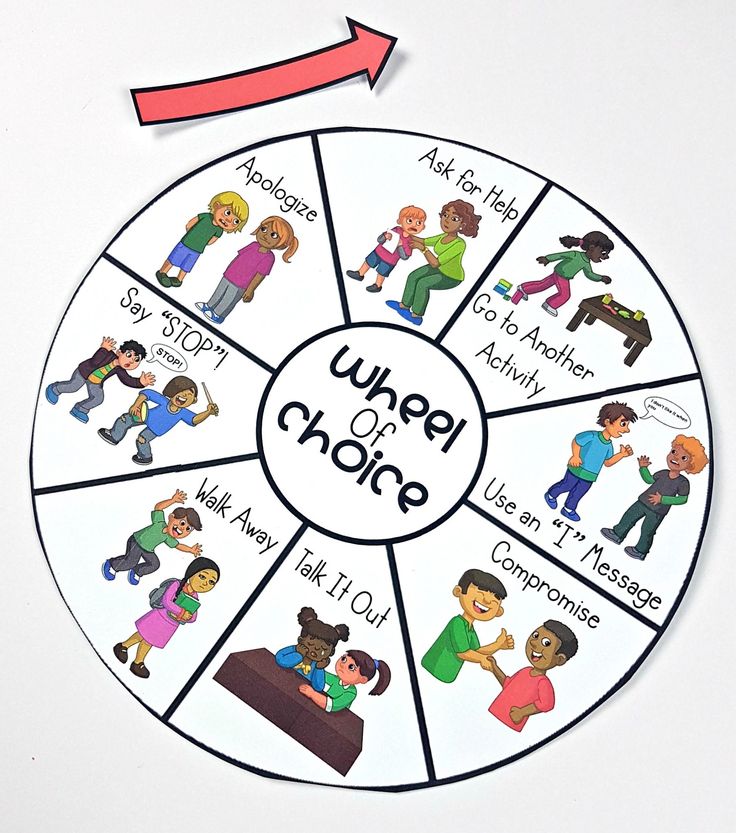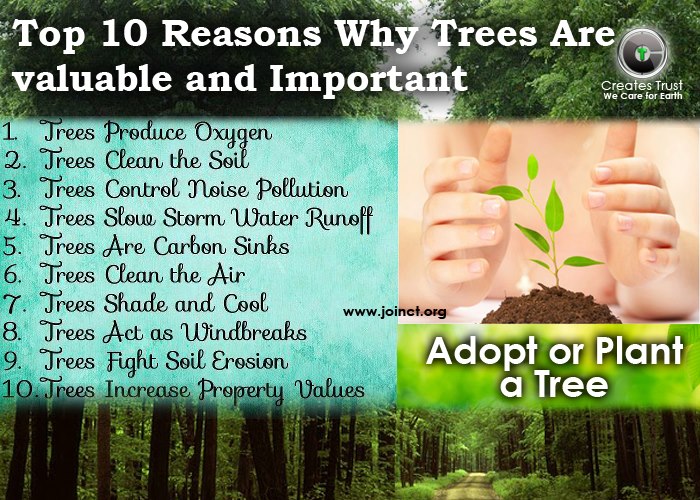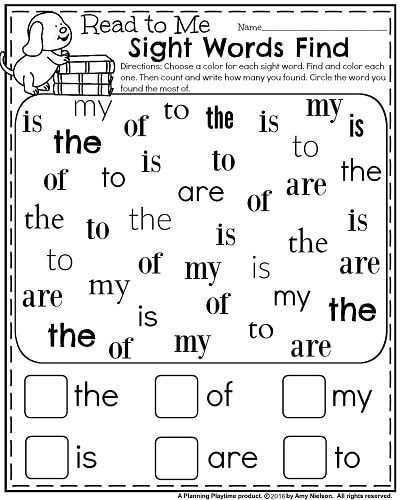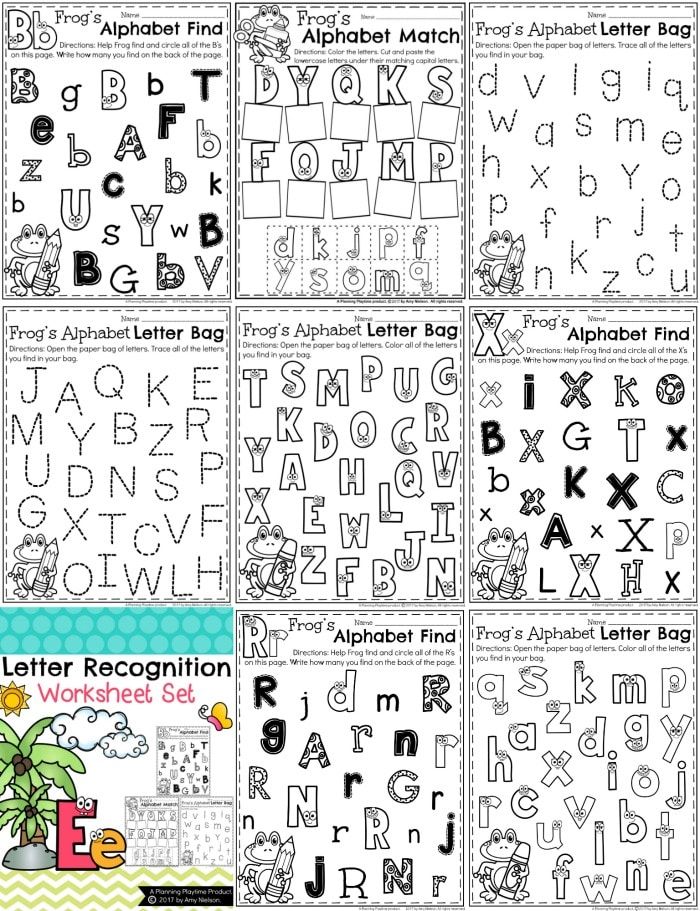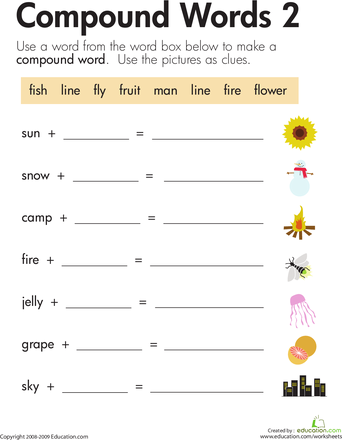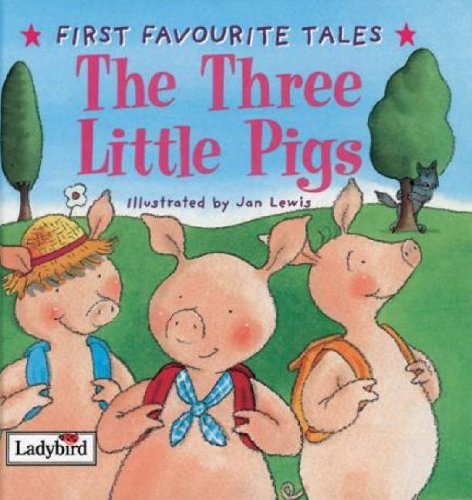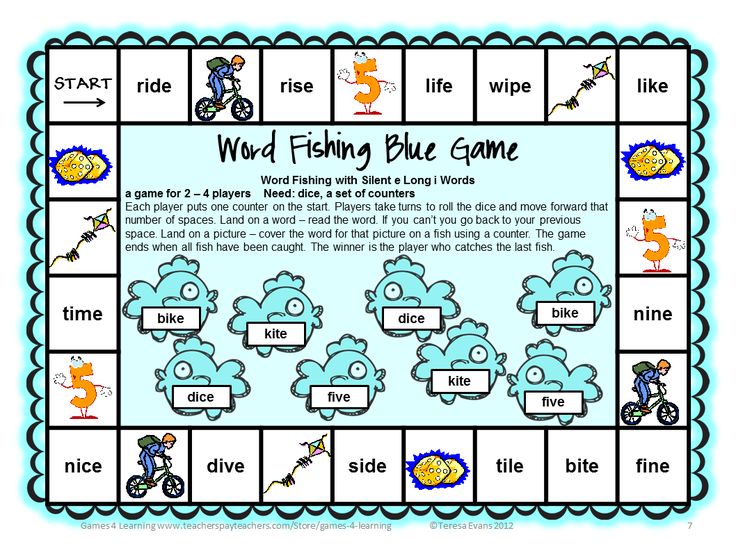Preschool math skills
Math Skills for Preschoolers: 4 Ways to Set the Stage for Success
By Hannah Meinke on 10/26/2020
If math was never your top subject in school, it might seem hard to imagine yourself as one of the people responsible for teaching preschoolers the foundational mathematic skills they’ll need for future success. The good news is at this level you won’t be bogged down trying to remember the quadratic equation or what cosine means—you’ll be covering the basics for others to build upon. Better yet? You might be surprised just how receptive toddlers are to learning numbers, shapes, and even simple equations.
Teaching math to toddlers doesn’t have to be boring. In fact, it should be fun! And we’ll give you just the tools you need to do it. This article will break down some of the most important math skills for preschoolers and provide simple exercises to practice each one.
Why is it important to build math skills in preschool?
If you’re an early childhood educator, you probably already know the lasting impact early experiences have on the architecture of a child’s brain. Studies show that preschool not only influences cognitive abilities but also behavior, social skills and self-esteem.1
According to one study, the same neural networks that allow children to count to ten are those used to think about complex mathematics later on.2 By using math-related exercises now, you can help lay the foundation for problem-solving, logic, and even determination. So, as you explore math skills for preschoolers, you can be sure that your work is making a difference.
4 Math skills to develop in preschoolers
While being able to count to ten is important, math is about more than just numbers. As you help your toddlers develop the following skills, you’ll see that it’s a helpful lens to make sense of the world.
1.
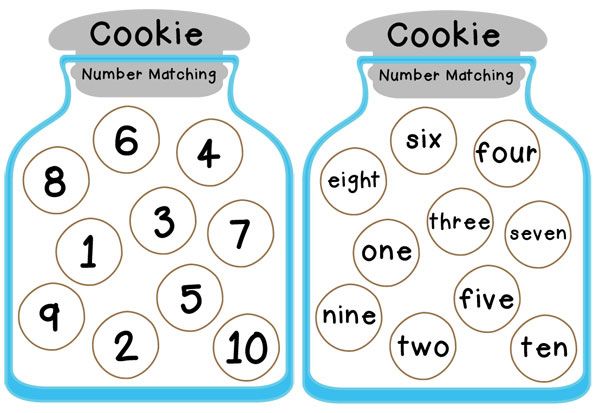 Number recognition
Number recognitionBeing able to recognize numbers is the first step in carrying out more complex math skills. By using tactile materials, you can help children learn about numbers and see their value in terms of the world around them.
Try it at home:
- Numbered hopscotch: This is a great option because it’s simple and can be modified for every child. Either help call out the numbered squares as children move through them or have them do it on their own. All you need is some chalk and a stretch of pavement. As an added bonus, this is an easy way to burn off extra energy.
- Dice games: Dice are an underrated tool for developing numerical literacy. At a basic level, the dots on each side can be counted to reinforce how a number can be visualized. As they get more comfortable, start with simple games that involve taking turns rolling the dice. Once it lands on a number, call out a move like jumping jacks or spins and count out each motion until they reach the number on the dice.
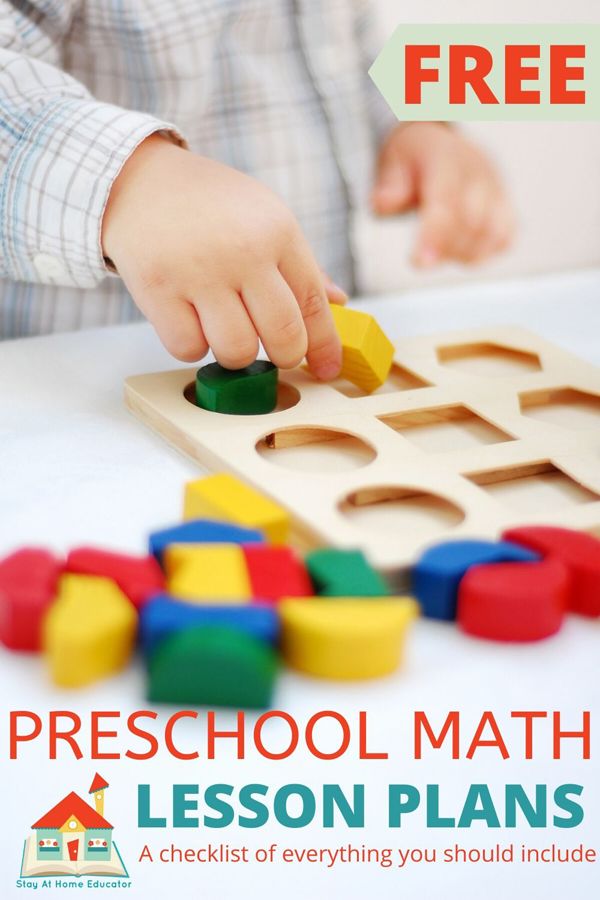 This helps children see that numbers can be represented in different ways.
This helps children see that numbers can be represented in different ways.
2. One-to-one correspondence
This skill is all about recognizing when two different groups have the same number of items. As children learn to visualize numbers, it’s important to identify how they relate to things around them. One-to-one correspondence is a great way to make math "real" for them by using objects and scenarios from your everyday life.
Try it at home:
- Setting the table: This activity, from Zero To Three, helps children take responsibility for their own learning. By asking the child to lay out a plate for each member of your family, you can help them see the connection between plates and people. Emphasize “one for you,” “one for me,” and so on. Then, ask them how many plates there are total.
- Help in the kitchen: When you think about preschoolers in the kitchen, you may very well visualize the mess of all messes, but, according to PBS, baking can be a great way to help kids connect numbers to their lives.
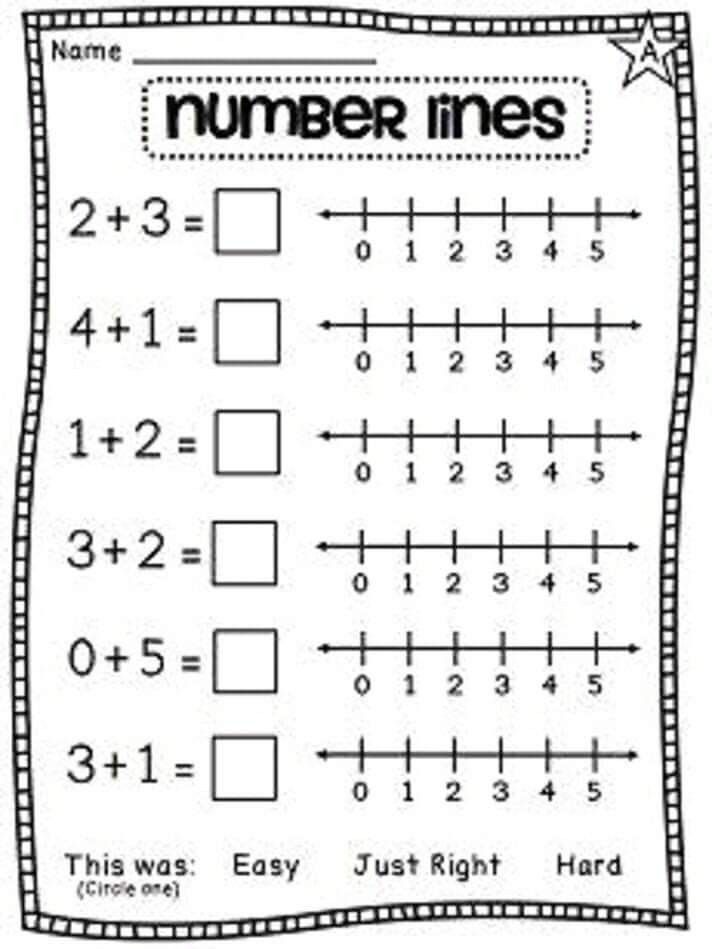 Have them top your cookies with chocolates. One candy for each cookie, then count the total number of cookies.
Have them top your cookies with chocolates. One candy for each cookie, then count the total number of cookies.
3. Comparing differences
Being able to distinguish differences in value, height, weight, and shape promotes critical thinking, spatial awareness and equips preschoolers for more advanced math skills.
Try it at home:
- Shape sorter: Let children simply explore the differences between shapes and colors by playing with a shape sorter. Buy one or make your own by cutting shapes into an empty cardboard box and use different objects from around the house.
- Compare yourself: Have children trace their hand on a piece of paper. Then, trace yours on top of it. Let them see the differences. Ask, “Which is bigger? Why?” You can also compare the size of your shoes, how far you can reach, and even the length of your shadows.
4. Identifying patterns
Learning about patterns helps children make predictions, logical connections, and use reasoning to solve problems.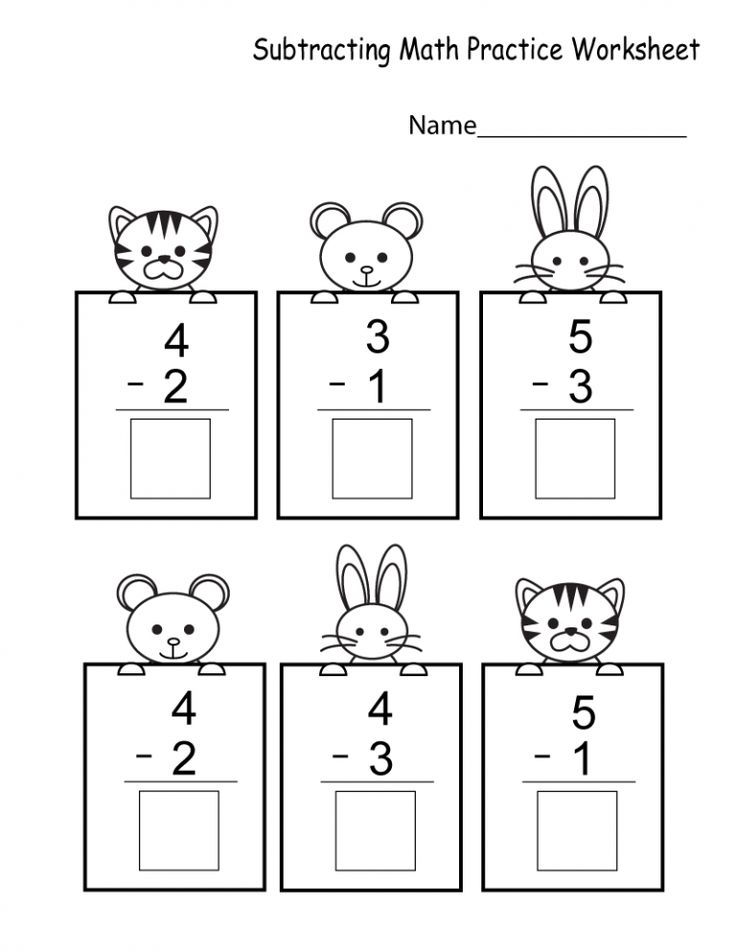 This requires them to recognize differences between items as well as how they function together.
This requires them to recognize differences between items as well as how they function together.
Try it at home:
- Patterns with blocks: Start a pattern with different color blocks such as blue, red, blue and so on. Prompt the child to continue the pattern. This activity from YoungMathematicians not only helps children spot intentional designs but helps develop motor skills and mirroring.
- When in doubt, sing: One of the easiest ways for children to recognize patterns is in song and rhyme. While they don’t necessarily have to be about math-related topics, there are plenty of songs that help children learn to count, sort, compare and more. Playing songs like this in the car or at home is just another way to make learning about math fun.
Empower preschoolers to think big
From the outside, these activities may just look like fun ways to pass the time with toddlers, but there is far more going on beneath the surface.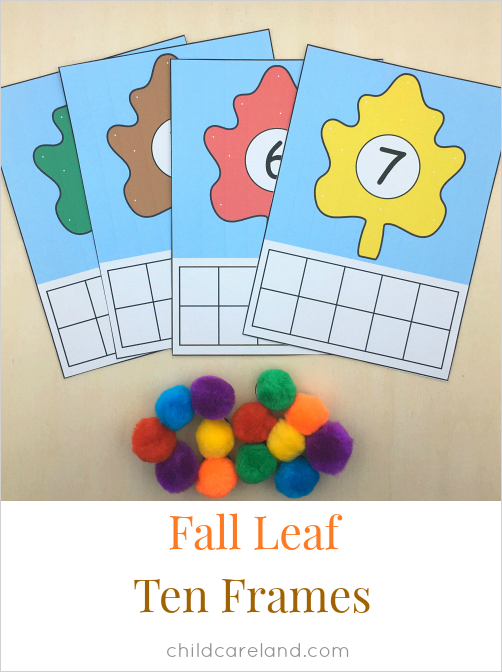 By investing in math skills for preschoolers, you’re helping develop crucial early experiences that help children make sense of the world. This is one of the many reasons early childhood educators continually explore new ways to empower their students.
By investing in math skills for preschoolers, you’re helping develop crucial early experiences that help children make sense of the world. This is one of the many reasons early childhood educators continually explore new ways to empower their students.
If you’re interested in taking your ECE practice to the next level, check out our article, “What Can I Do with an Early Childhood Education Degree?”, to see how education could help you increase your impact.
1National Bureau of Economic Research, Schools, Skills and Synapses [accessed August 2020] https://www.nber.org/papers/w14064
2Proceedings of The National Academy of Science of The United States of America, Origins of The Brain Networks For Advanced Mathematics In Expert Mathematicians [accessed August 2020] https://www.pnas.org/content/113/18/4909
About the author
Hannah Meinke
Hannah Meinke is a writer at Collegis Education.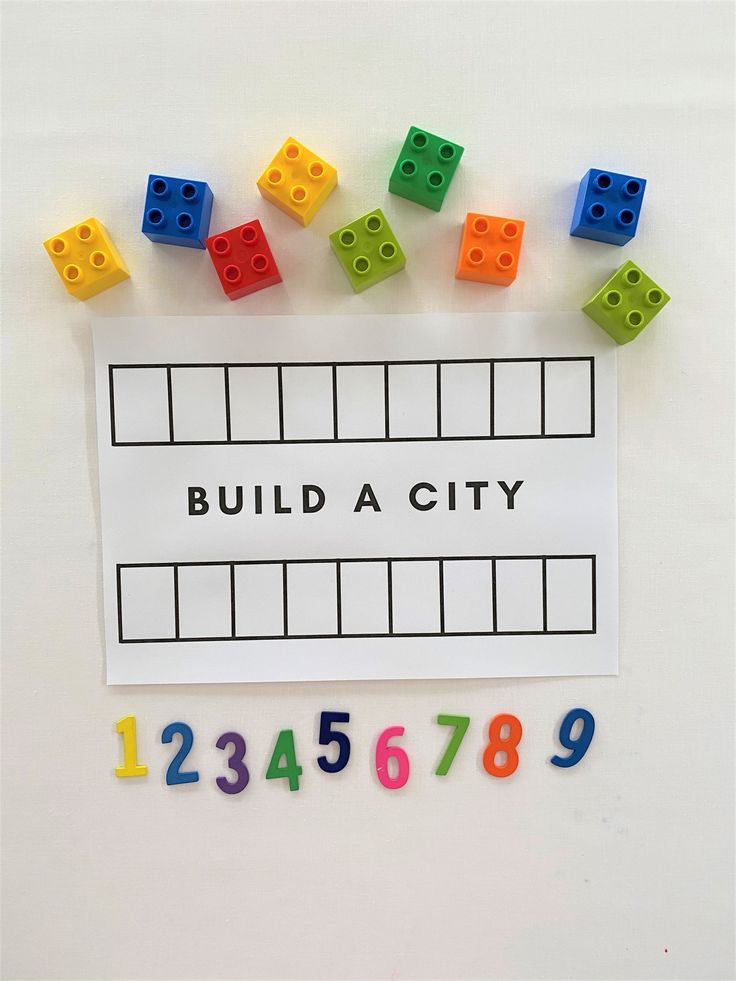 She enjoys helping people discover their purpose and passion by crafting education and career-related content on behalf of Rasmussen University.
She enjoys helping people discover their purpose and passion by crafting education and career-related content on behalf of Rasmussen University.
Posted in Early Childhood Education
- early childhood education
- ECE activities
Jordan Jantz | 10.10.2022
What Is Scaffolding? Exploring This Child Development ConceptErin DeFrance | 10.03.2022
13 Fun Ways to Develop Motor Skills in Young Children
Patrick Flavin |
09. 19.2022
19.2022
Brianna Flavin | 09.05.2022
This piece of ad content was created by Rasmussen University to support its educational programs. Rasmussen University may not prepare students for all positions featured within this content. Please visit www.rasmussen.edu/degrees for a list of programs offered. External links provided on rasmussen.edu are for reference only. Rasmussen University does not guarantee, approve, control, or specifically endorse the information or products available on websites linked to, and is not endorsed by website owners, authors and/or organizations referenced. Rasmussen University is accredited by the Higher Learning Commission, an institutional accreditation agency recognized by the U.S. Department of Education.
The Most Important Math Concepts Kids Learn in Pre-K
Although there’s a lot of emphasis placed on emergent reading, experts show that pre-k math skills are just as important for your child’s learning development.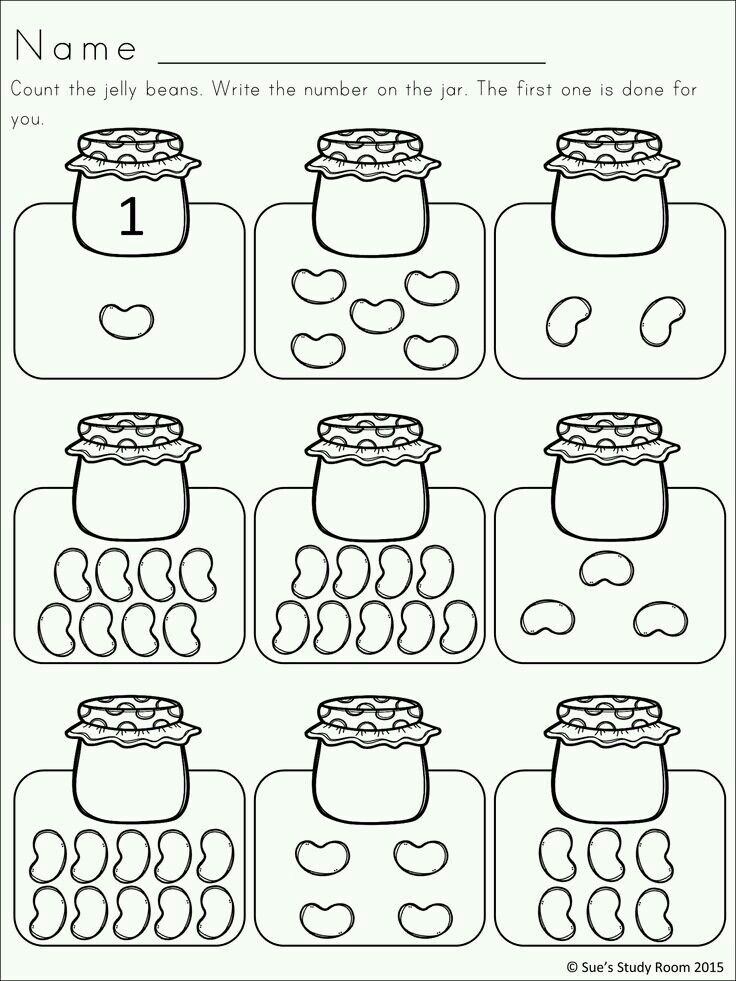
Understanding what skills your child will be exposed to as a math beginner will give you an idea of what concepts you can emphasize in fun, easy ways at home!
Fortunately, kids are exposed to many math concepts from a very young age — putting puzzles together, sorting objects, and even playing with building blocks. These activities all help build a good foundation for math.
In this article, we’ll take you through the most important pre-k math concepts so you can encourage and motivate your budding mathematician!
Table Of Contents
- What Are The Components Of Pre-K Math?
- Basic Pre-K Math Checklist
- Pre-K Math Development
- 9 Fun Pre-K Math Activities
What Are The Components Of Pre-K Math?
There are five basic components of pre-k math. They act like umbrella terms, each with many different elements hidden inside their broad concepts.
Your child will become acquainted with all of these essential concepts when they begin learning pre-k math.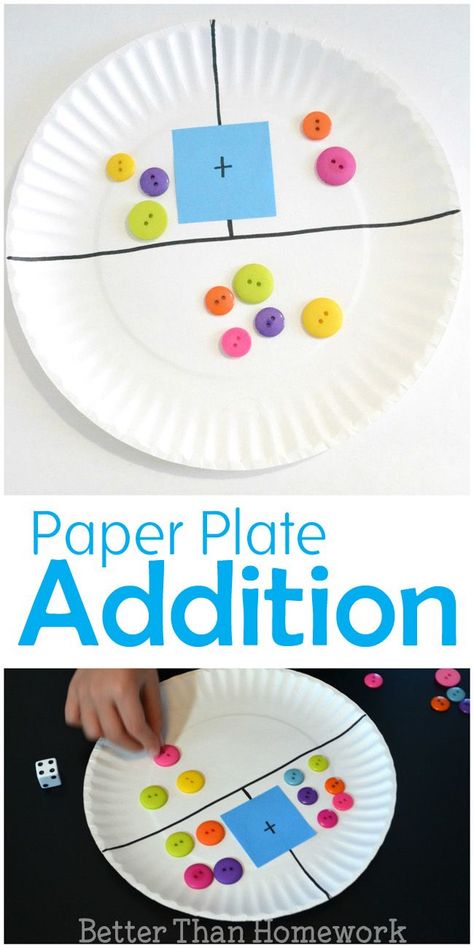
1) Numbers And Counting
Children typically start with the bedrock of math — numbers! They’ll learn number names and how to write numbers, typically beginning with 1-10.
Counting is not easy business! While your child learns how to count — first with physical objects, then conceptually — they are bound to make mistakes here and there. This is perfectly all right. Counting will take time to master.
Most of kids’ initial exposure will be through representational counting. This could mean counting the number of strawberries in their lunch box, how many blocks are on the floor, and so on. These counting activities will set the stage for a strong foundation in counting.
By understanding that numbers represent objects, your child will begin to understand one-to-one correspondence (each object counted gets its own number and only that number) as well as the counting principle that when counting the number of objects, the last number counted equals the amount present.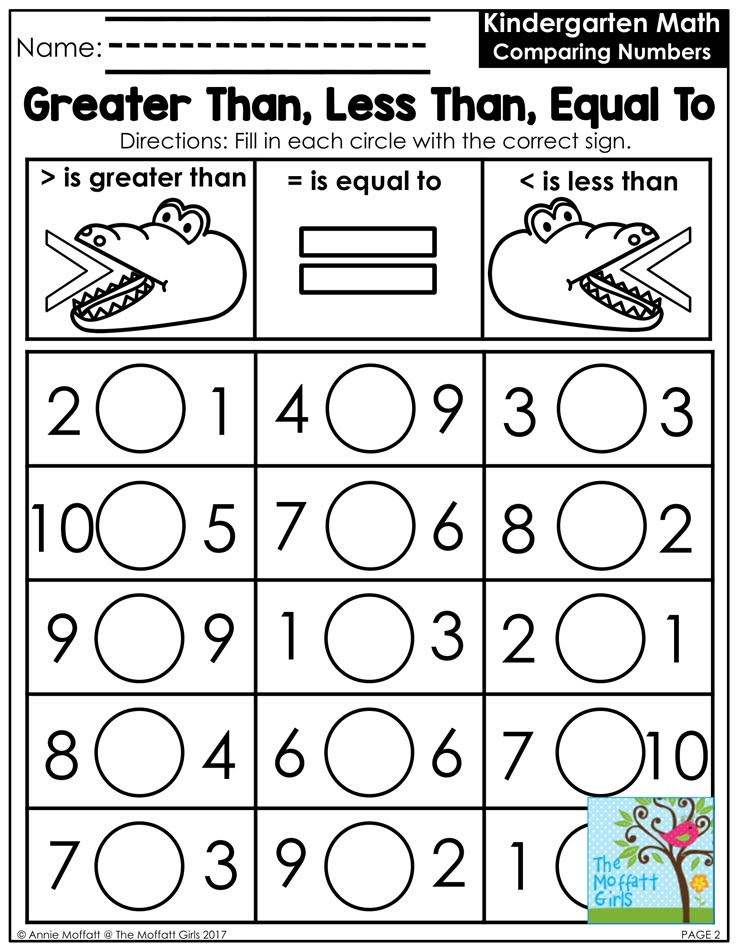
Over time, a child’s reliance on physical objects for counting will decrease. They’ll depend more on conceptual counting as their skills develop.
This conceptual counting is called “number sense.” They’ll understand that quantities, whether tangible or theoretical, are countable. They’ll also learn that numbers can be compared: two or more numbers can have a more-than, less-than, or same-as number relationship.
There are many fun ways to get your child comfortable with numbers and counting at home without making it feel burdensome.
Here are a few simple yet effective strategies you can try:
- Encourage your child to touch and count objects they see in everyday life — for example, a bunch of bananas or a stack of books.
- After they count a set of objects, help them write down the corresponding number on a piece of paper.
- Have your child compare different items using the appropriate language. For example, “Let’s count the number of blueberries and strawberries on the plate.
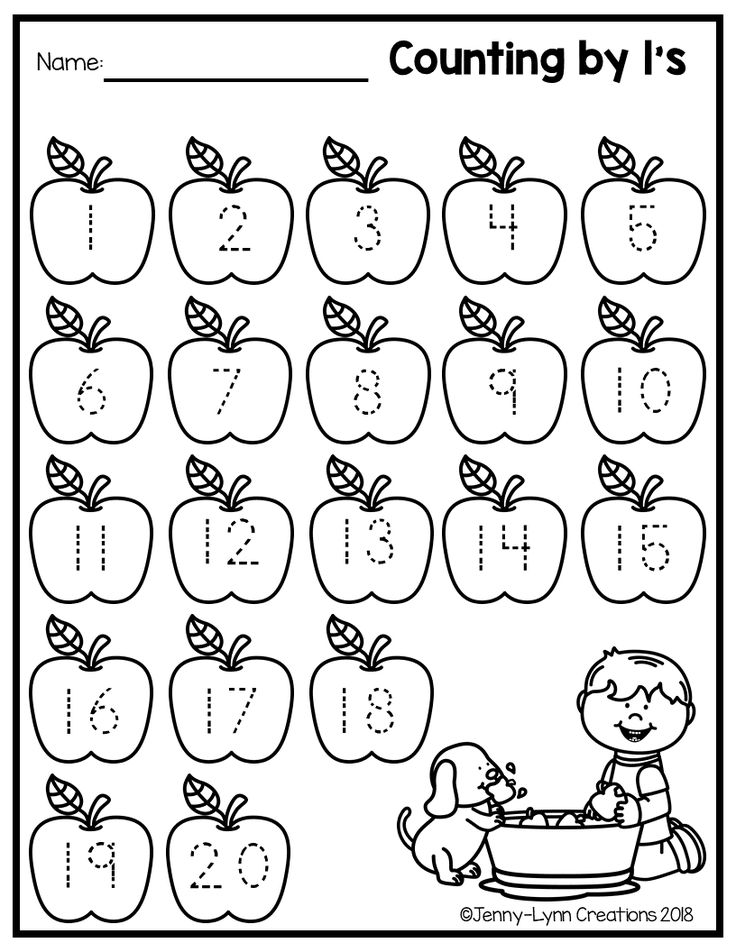 Are there more strawberries than blueberries?”
Are there more strawberries than blueberries?” - Hang a simple number line on the wall or tape one to your refrigerator. Throughout the day, point to each number with your child and count from 1-10 together.
- Ask your child to help set the table by counting out the right number of forks and spoons. Once they have collected them, they can count them again as they put one at each place setting.
These simple activities allow children to make sense of numbers. And the more they practice counting principles outside of the classroom, the more they’ll realize how relevant they are to everyday life.
2) Addition And Subtraction
Once your child has a firm grasp on counting and is developing number sense, they’ll explore the relationships between numbers more often. Describing how numbers are the same or different will lead into learning how to combine two numbers to make a new number!
Similar to the last concept, children will typically learn how to add and subtract by relying on counting activities with tangible objects.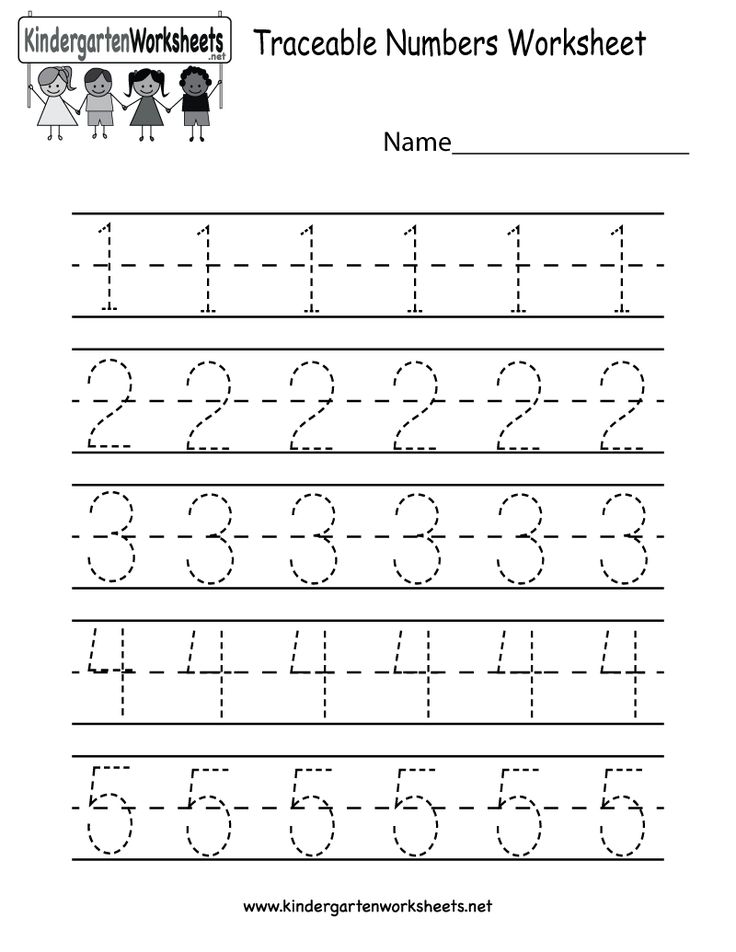 For example, you could set up two separate groups of apples and ask how many you will have if you join them together.
For example, you could set up two separate groups of apples and ask how many you will have if you join them together.
The first group may have three apples, while the second group has two apples. At first, many children will count one group and then start over to count the second group. It is a good idea to count both groups individually and then bring them together and count the total amount.
This is their first introduction to addition! The same idea works for subtracting. What happens when you begin with five apples and then take away two of them?
“Taking away” objects may be a little harder for your child to master at first. This is why many children will remove apples first and then count the remaining apples rather than counting backward.
To help, practice counting backward together. Pretend to be a rocket ship, and start counting down from five to one, gradually increasing the beginning number each time. After you get to one, shout, “Blastoff!” and jump into the air as high as you can.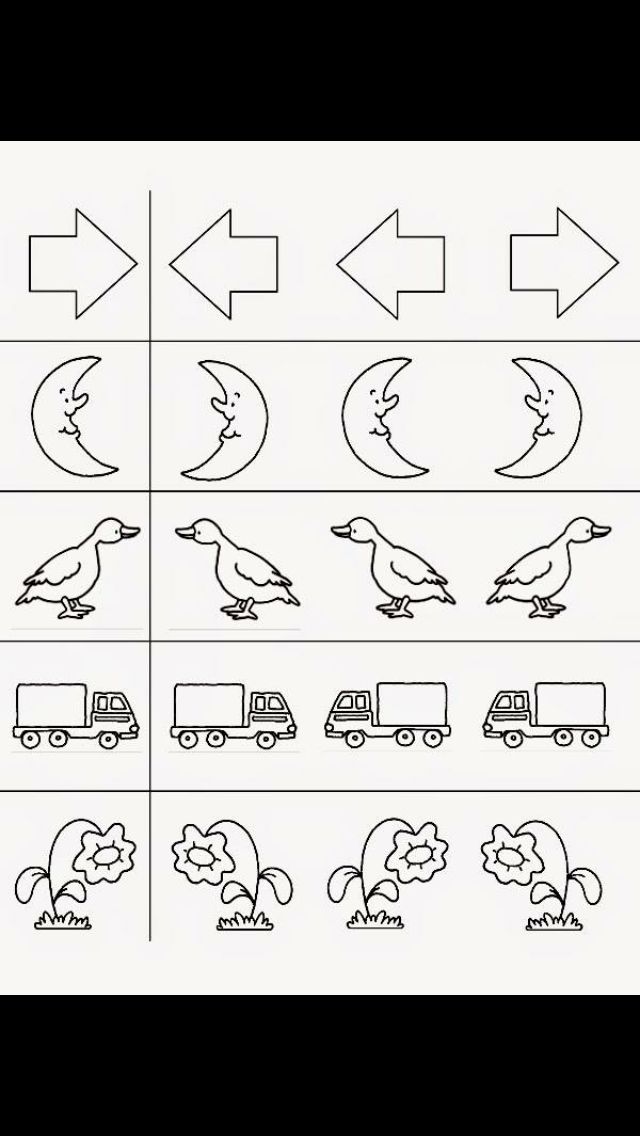 This fun game can help your child become more comfortable with counting down.
This fun game can help your child become more comfortable with counting down.
Pictures can also help your child master addition and subtraction concepts. For addition practice, present one sheet of paper with three apples and another with two. Then say, “Count the apples on both pieces of paper. How many apples do you have total?”
For subtraction problems, present this scenario: “On our paper, we have five apples total. How many apples will you see if I cover up two of them?” Then, count the remaining apples together.
Pictures are an effective way for your child to visualize mathematical problems. But, if you prefer not to draw, you can also use real objects instead. You could get out several apples (stuffed animals, cups, or whatever) and count them. Then, use those items for math practice.
Remember that adding and subtracting are basically making comparisons between numbers or establishing relationships between them. There are many strategies a child might use to solve a problem, which is a good thing since our main goal is to help children think mathematically.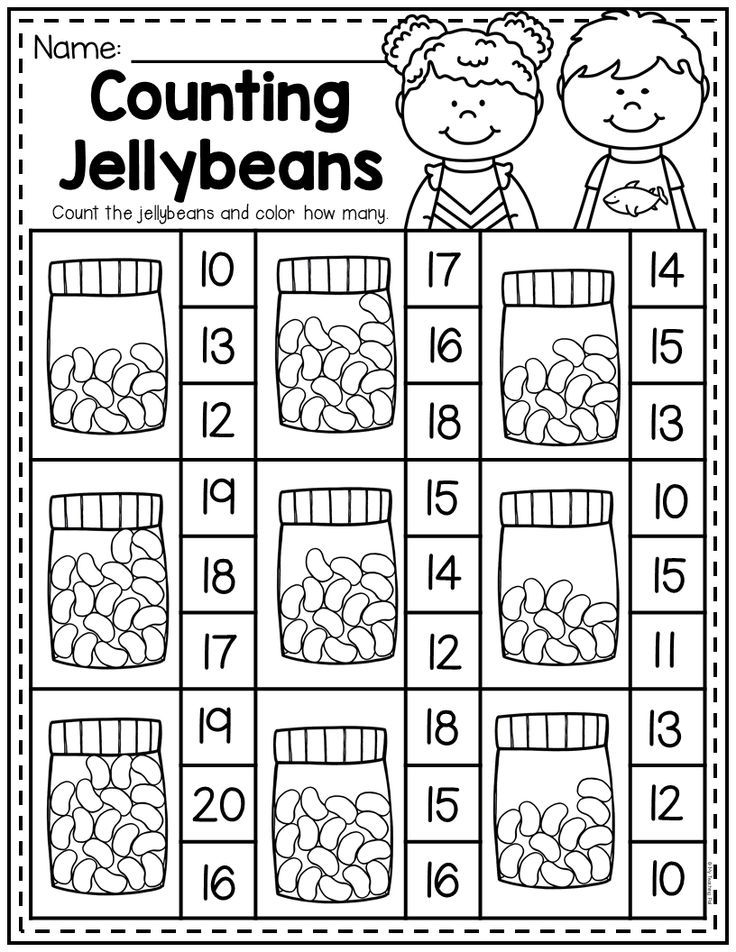
3) Geometry And Spatial Reasoning
Shapes are everywhere in our world, which will be one of your greatest assets when it comes to teaching your child about shapes and spatial reasoning.
They’ll start out by learning about the basic 2-D shapes that are used in math: squares, triangles, circles, rectangles, rhombuses, and ovals. Learning how to draw these basic shape illustrations can be helpful for their learning process.
Some of these shapes you’ll be able to reference easily in your day-to-day life. This will help reinforce your child’s understanding of the shapes after their initial introduction.
For example, when making breakfast with your child, you could hold up a plate and ask them, “What shape is this? Do you think it’s a square or a circle?”
Other shapes, like triangles or rhombuses, may be a little harder to find hanging around. Challenge your child to find these shapes in nature. Are there any flower petals in your garden that are shaped like triangles (or an aloe vera plant hanging in their windowsill)?
Encourage your child to be creative with identifying shapes! It will help them with learning geometry in the long run.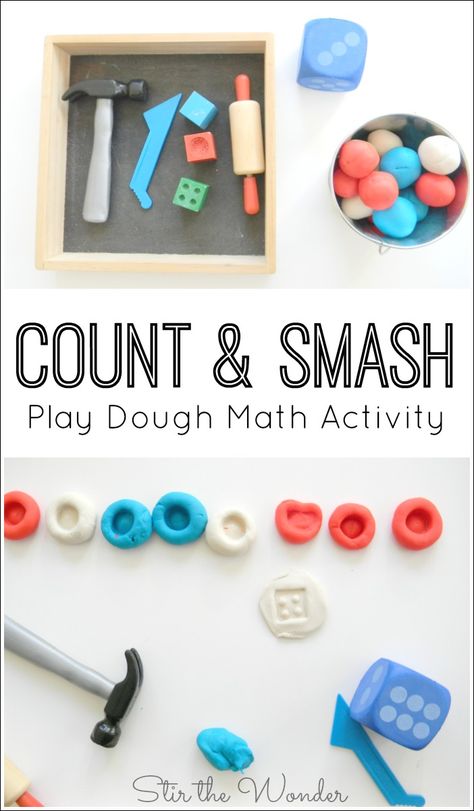
Next, learning 3-D shapes will come after learning 2-D shapes. Like their flatter cousins, 3-D shapes are all around the world, too! Your child’s soccer ball is a sphere; the paper towel roll in the kitchen is a cylinder.
We recommend learning the basic form of these shapes and how they appear first. Then, you can use the natural 3-D shapes in your child’s environment to reinforce their learning!
Point out shapes when you see them and play a shape version of “I Spy” to practice. If your child has a set of blocks, talk about the different shapes of the blocks. Challenge them to use only one shape to build something. Then, see what they can make by using all of the shapes.
Kids also learn about spatial reasoning by discovering how to describe the shapes they see and play with. They can compare them with dimensional adjectives like “big” and “small,” or characteristics of their shape like “straight” and “curvy.”
This includes the spatial relationship between different objects, too. Look out for observations using location adverbs like “under,” “beside,” or “around.” These are all different ways for your child to “measure” or observe how shapes take up space.
Look out for observations using location adverbs like “under,” “beside,” or “around.” These are all different ways for your child to “measure” or observe how shapes take up space.
4) Sorting And Patterns
We categorize things in our daily lives without even realizing it. Your child probably already does this, too — they may arrange their stuffed animals or toys in a certain way. For example, they may keep farm animals separated from dinosaurs.
Sorting and patterns are related to categorical reasoning. In the same way grocery stores sort out items by their parallel uses, your child will learn how to sort things based on their characteristics and how they are the same or different from other objects.
They’ll sort objects by weight, shape, quantity, texture, color, and other traits, often without even realizing it!
It’s important to note here that sorting and counting aren’t sequential. Your child might begin sorting before they begin counting, in fact.
For instance, if you want your child to sort a bowl of fruit, you can ask them to count all of the strawberries.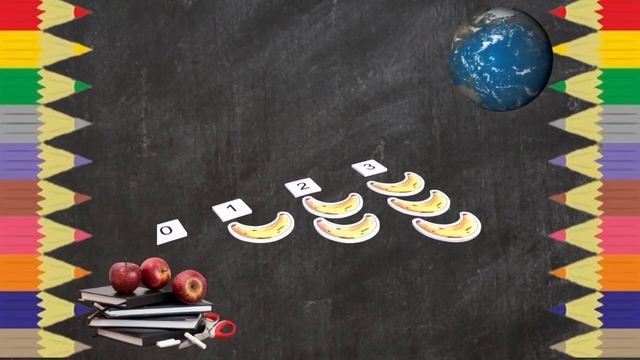 They’ll sort the strawberries from the rest of the fruit. If you ask them to count the red fruit, they’ll sort out strawberries, cherries, and watermelon and count them together.
They’ll sort the strawberries from the rest of the fruit. If you ask them to count the red fruit, they’ll sort out strawberries, cherries, and watermelon and count them together.
Once a child has learned to isolate characteristics, they can begin to identify, extend, and even create patterns. Your child will learn how to:
- Copy a pattern
- Identify the parts that repeat and continue a pattern
- Correct a mistake in a pattern
- Explain a pattern
- Create their own patterns
To encourage your child to explore patterns, take a few moments to build a pattern for them when you play together. Use whatever materials you have available and create a simple AB pattern, such as truck, car, truck, car.
Next, point to each object. Say its name aloud. Then, when you get to the end of the row, ask them what comes next. If they aren’t sure, grab the next object and put it down. Once you’ve completed one round, start at the beginning and repeat each item to reinforce the pattern.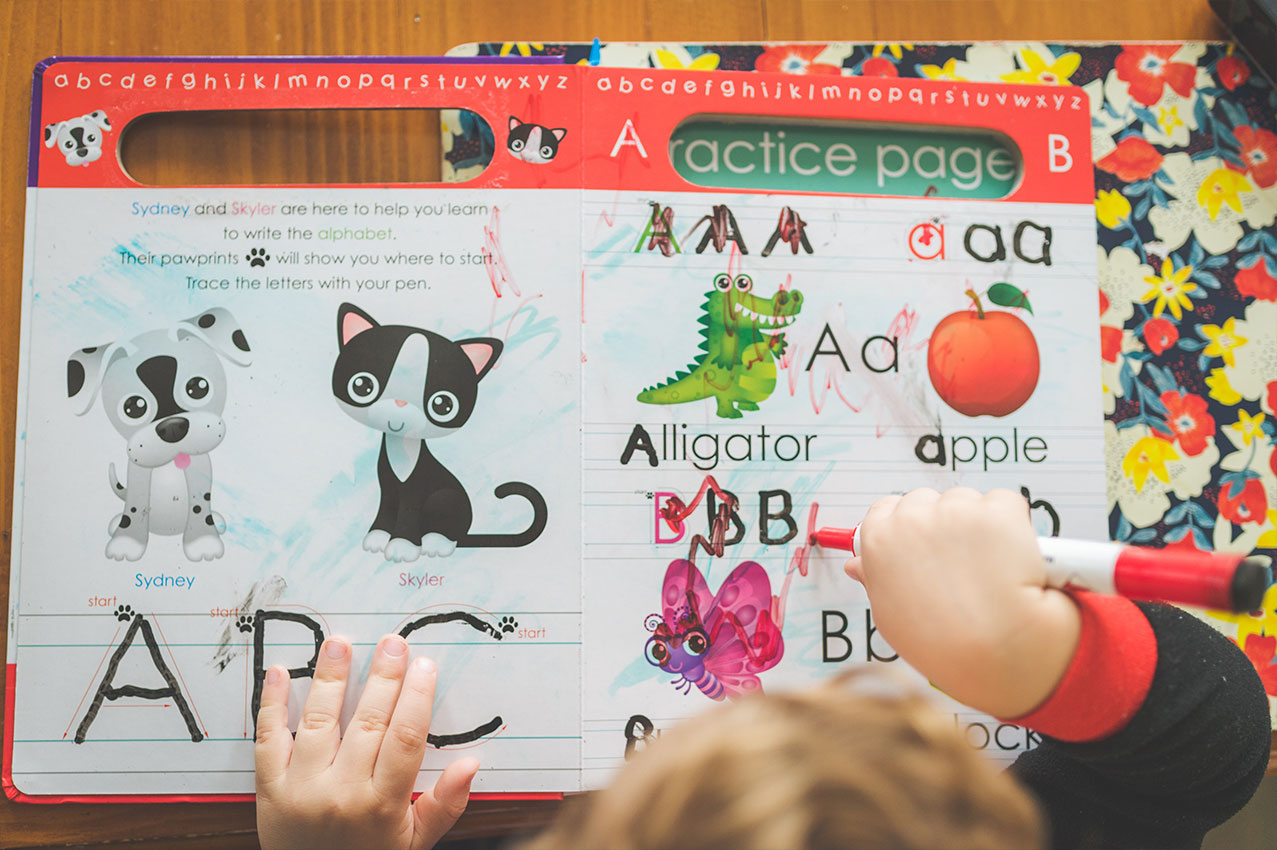
5) The Language Of Math
Part of learning how to do math means learning how to “speak” math. We don’t mean your child will turn into C-3PO — just that they will learn how to use mathematically correct language, or how to tell a story with math terms.
This can happen in daily life. While picking at an afternoon snack, your younger child may say, “Hey! My brother has more crackers than me!” Then you might agree to “add” to the cookies on the younger child’s plate so that both plates are “equal.”
These skills may be naturally exciting for your child — they’ll feel like they’re learning how to speak “grown up!” Show them how fun it is to incorporate mathematically appropriate language into their daily speech and use it to tell stories about what’s going on around them.
Using words to describe things in their lives will help them give ownership over ideas and observations. Motivate them to think about the order of the world around them and use different words to describe them, such as:
- More than
- Less than
- Shape names
- Light or heavy
- Small or big
Mastering math language will help them in their quest to become robust mathematicians! It’ll also help them develop a strong vocabulary so they’re better prepared for kindergarten.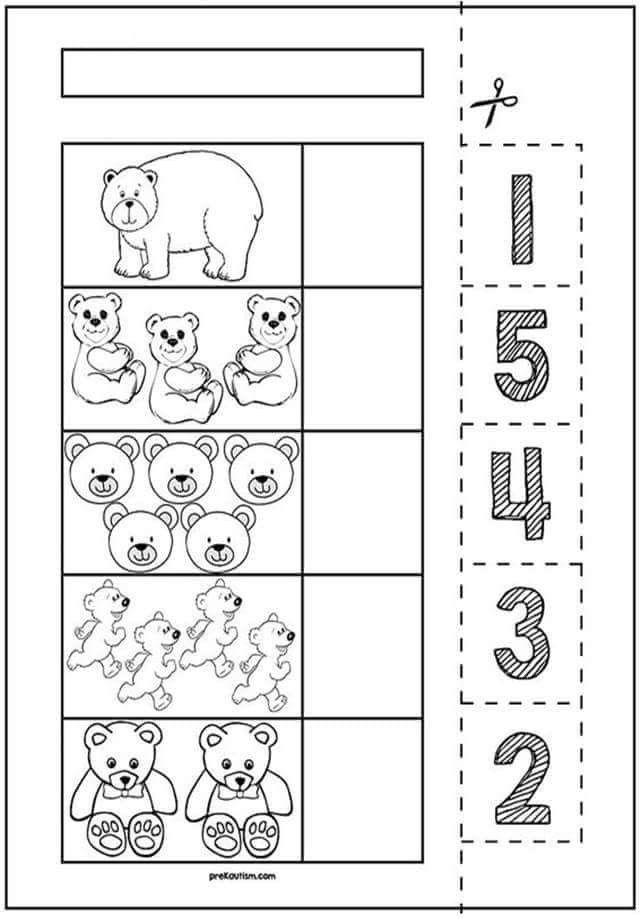
Basic Pre-K Math Checklist
Now that you know some of the concepts your child will be learning in pre-k math, let’s look at some of the skills they’ll build during this time.
- Rote count to 10
- Use one-to-one correspondence to count up to 10 objects and tell how many there are altogether
- Recognize basic shapes (circle, triangle, square)
- Understand the concept of quantity (more/less)
- Sort objects by one characteristic
- Understand and use directional terms, such as up, down, in, out
- Pick what object goes next in a simple pattern
While these aren’t all of the math skills your child might learn in pre-k, they will give your child a solid mathematical foundation to build on in kindergarten. And they’re all skills you can practice in fun ways!
Pre-K Math Development
As your child grows and learns, they’ll work through three phases of mathematical development: concrete, representational, and abstract.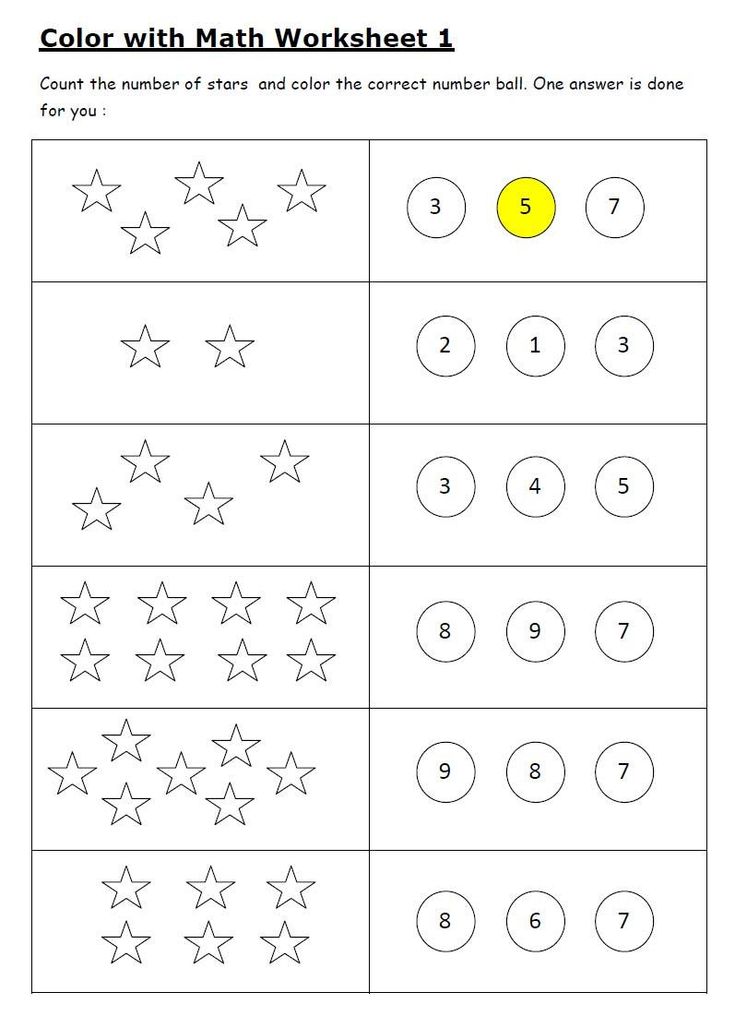 They’ll likely be in the concrete stage at the beginning of pre-k.
They’ll likely be in the concrete stage at the beginning of pre-k.
During this phase, students need hands-on activities and real-world examples to help them understand mathematical concepts. This is why math manipulatives are so crucial in the early years. It’s also essential to present math concepts in a very concrete way during this stage.
For example, if you’re teaching your child about numbers, don’t just tell them that five is more than three. Instead, show them five objects and three objects, and let them count for themselves. This will help them understand the concept of more and less.
As your child continues to learn and practice a mathematical concept, they can move into the representational phase. Here, students can count pictures or images instead of actual objects. For example, they realize that numbers can be represented by lines or drawings.
Then, they’ll be ready to try the abstract stage. At this point, children understand that numbers can be represented by symbols.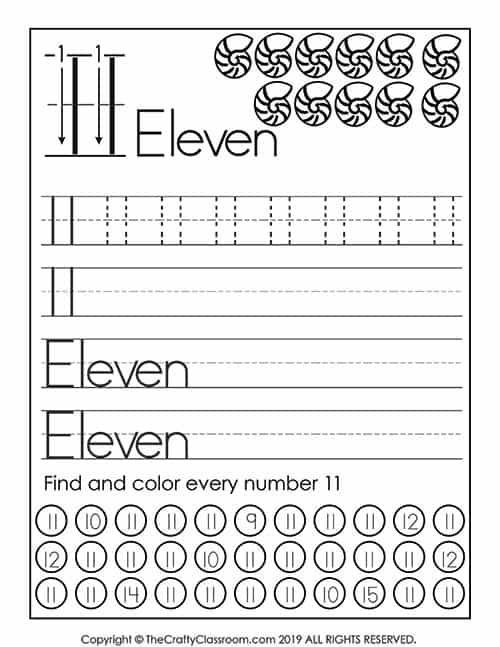 They don’t need manipulatives or visual aids to do math problems. They can start using numbers and symbols such as + or – to solve math problems.
They don’t need manipulatives or visual aids to do math problems. They can start using numbers and symbols such as + or – to solve math problems.
The activities above will help your child to build their understanding of mathematical concepts so they can move through the different stages.
But, in pre-k, it’s important to focus on the process, not the answer. So don’t worry if your child doesn’t get the solution right away. Let them work through the problem and try to figure it out for themselves.
A strong foundation in pre-k math sets children up for success when they start kindergarten. By providing opportunities for them to explore and experiment with math, you can help them develop the skills they need to be successful in school and beyond.
9 Fun Pre-K Math Activities
Now that you’re clear on all of the exciting new math concepts your pre-kindergartener will be exposed to and what skills they’ll practice, let’s talk about some games and activities you can play at home to help your child hone them.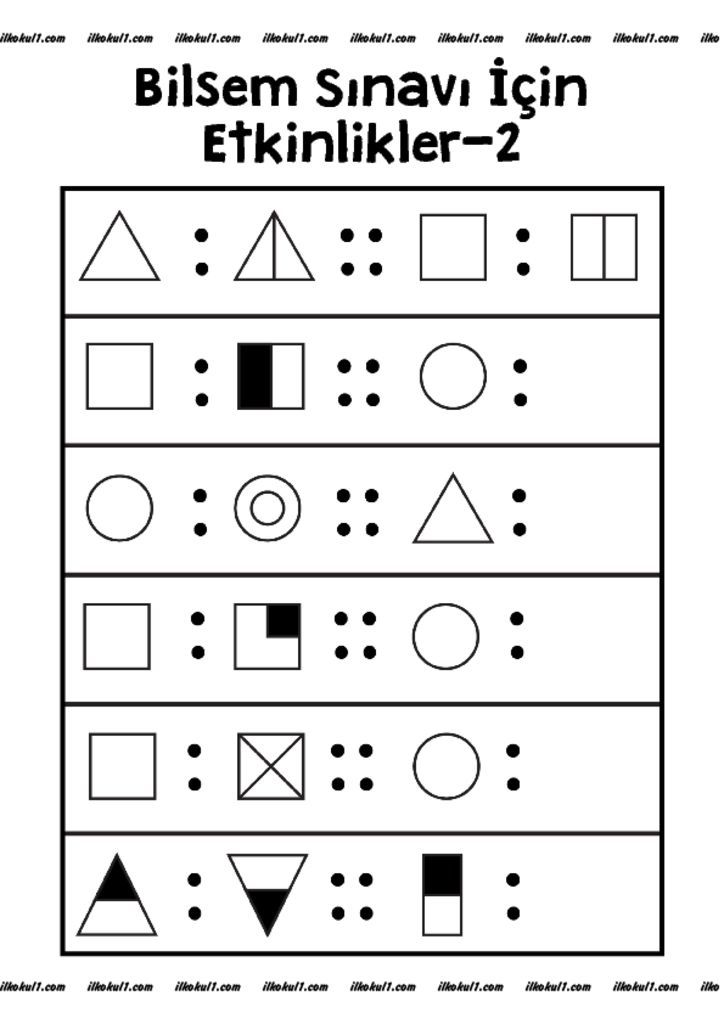
We’ve already discussed some math activities you can incorporate into everyday life. Now, we’re sharing our list of fun games to encourage your young learner to love math even more.
1) What Did I Do?
This game helps reinforce counting, adding, and subtracting. It’s quick to play, so it’s perfect for when you have a few extra minutes.
What You’ll Need
- Small objects (e.g., paper clips)
What To Do
Place some paper clips (or any other small objects) in your hand, and let your child count how many you have. After they’ve done this, put your hands behind your back and either add or remove some.
Next, show your child the new quantity and ask them to count how many there are now. You can ask your child questions, such as, “Did I add or take away some paper clips?” or “How many did I add or take away?”
For even more fun and learning opportunities, take turns playing the game. And when it’s your turn to guess, it’s OK to guess wrong — “I think you took away 10!… No! I added two!” This back and forth offers lots of laughs and critical thinking for your little mathematician.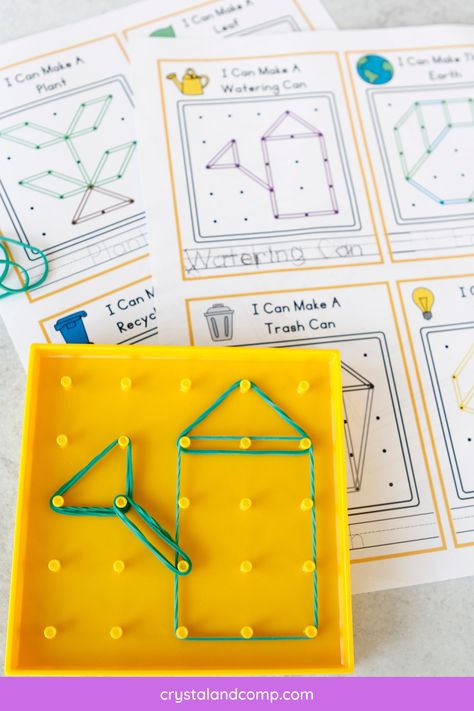
Remember that because your child is in pre-k, the concepts of addition and subtraction are still new. Therefore, it’s best to keep the number of objects used in this game low (e.g., 1-10 clips) so they aren’t confused or overwhelmed.
2) Math Tic-Tac-Toe
Add a mathematical twist to the classic game of Tic-Tac-Toe!
What You’ll Need
- Paper
- Pencil
- Ruler
- Markers (or colored pencils)
What To Do
Start by dividing your sheet of paper into squares by drawing lines (three horizontal by three vertical). In traditional tic-tac-toe, you’d leave these squares blank until the game starts. Not this time.
For this version of the game, you’ll need to fill each box with dots and have your child tell you how many dots are in a box before placing their X or O in it. The first player to get three Xs or Os wins!
The Xs or Os don’t have to be in order at this point, but you can add that requirement as a challenge once your child gets the hang of playing the game.
This activity helps kids work on their counting skills while also incorporating lots of fun.
3) NumberBow
Your child will add numbers to create a beautiful rainbow in this game.
What You’ll Need
- Two dice
- Two sheets of paper
- Colored pencils (or crayons)
- Pencil
What To Do
Draw two identical rainbow-shaped boards (one on each sheet of paper) with numbered boxes on the rainbows. (You can check out this link for reference.). The aim of the game is to color the numbered boxes in.
To play, each player throws two dice, then adds the numbers from the throw together and colors in the corresponding box on their rainbow.
For example, if your child throws a three and a one, they’d need to add 3+1 and color in the “4” box. If they’ve already colored that box in, they’d have to wait for their next turn. Each player gets 10 turns to have the most colorful rainbow at the end!
While this is an effective game to help your child work on their addition skills, some children might experience difficulty adding larger numbers together (e.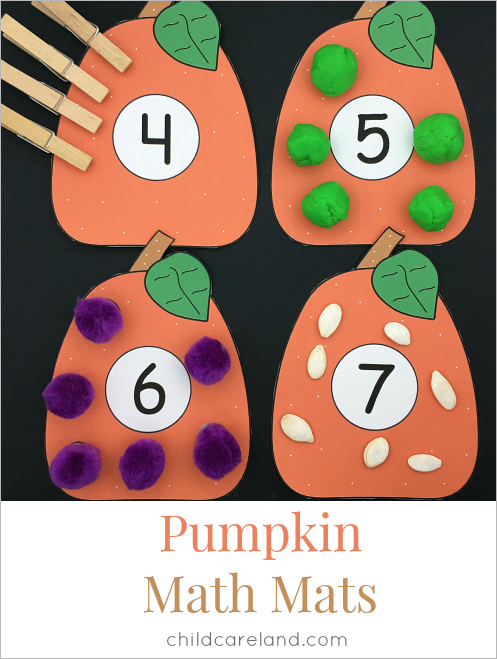 g., 5 and 6). If you need to help them, that’s OK!
g., 5 and 6). If you need to help them, that’s OK!
Remember that exposure and repetition are very beneficial for young learners.
4) Fill The Cup
This game can be challenging for younger children, so if it causes frustration, play other math games until your child is more comfortable with adding and counting.
What You’ll Need
- Dice
- Plastic cup
- Small objects that are easy to count (e.g., paper clips, dried beans, pebbles, etc.)
What To Do
To begin the game, players roll the dice at the same time. The number rolled indicates the number of items you can add to your cup. For example, if you roll a five, you add five dried beans. The goal for your child is to be the first one to fill their cup.
At the pre-kindergarten stage, some children might not be comfortable with the steps needed to play this game (rolling the dice, reading the number aloud, adding the items to the cup). So, before starting, take a few minutes to get them used to the process.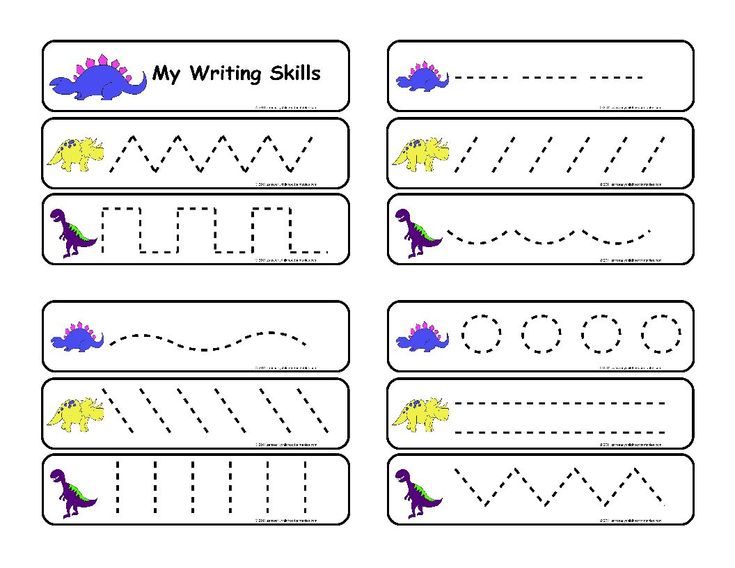
If you notice that it’s still too challenging, you can make it easier by choosing to roll the dice for each other. In this option, you can roll the dice and then help your child read the number and add the right amount of items to their cup.
Whichever variation you choose, this is a fun and engaging way to help children learn numbers and practice counting.
5) Stand Up, Sit Down
Kids enjoy playing this active game where they get to use their bodies and their brains! (Note: This game requires more than one child player, so it’s a great activity for siblings or to do when your child has a friend over.)
What You’ll Need
- Index cards
- Marker
What To Do
Write the numbers 1-10 on the index cards (one number per card) and hand three to each participant. Then, say a math equation (or word problem) out loud.
If the answer matches a number they’re holding, the child will stand. If they don’t have the answer, they remain seated.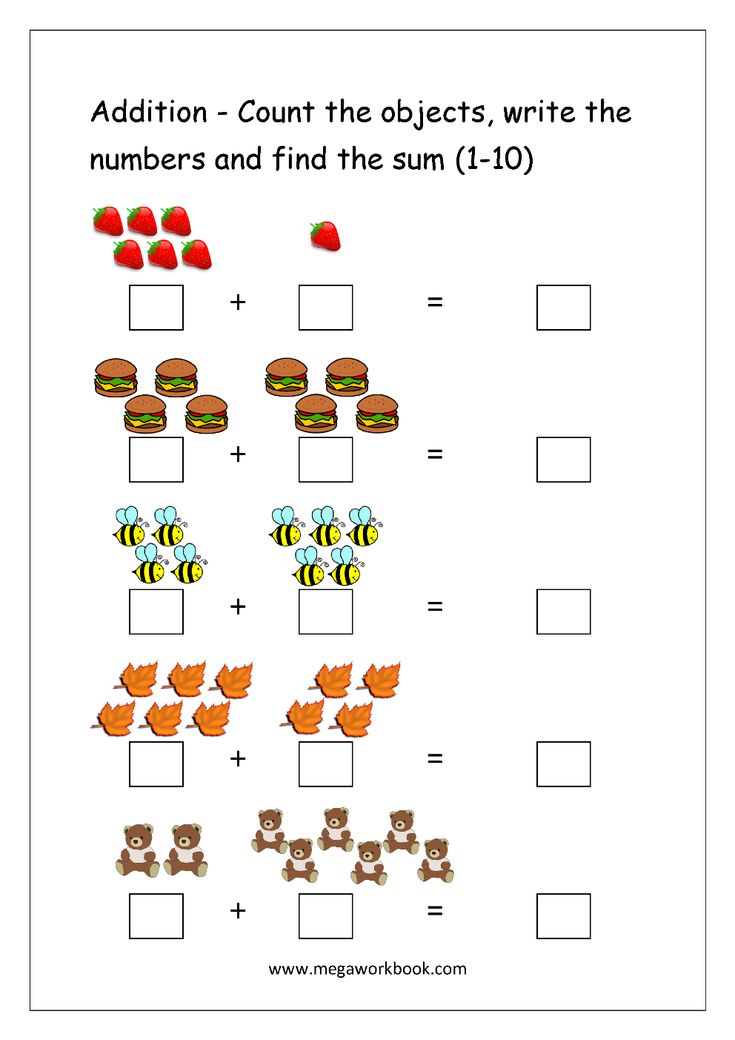
For example, if the question is, “If I have three dried beans and I throw away one, how many do I have left?”, the child with “2” would then need to stand up and show their card.
The player who has the least number of cards left at the end of five rounds wins. Note: To make it easier, you can give children small items (e.g., blocks, dried beans, paper clips, etc.) to help them count.
Stand Up, Sit Down is also helpful for children learning shapes. Instead of writing numbers on the cards and handing them out, you can draw different 2-D and 3-D shapes that children learn in pre-k (as discussed above) and hand those out.
To play, someone describes a shape and the player who has that shape stands up and says what it is. For example, “If you are holding a shape that has three sides, stand up right now!”
When the child stands up, they’ll need to say that their shape is a triangle, and they get the point. In this version of the game, the player with the most points at the end wins.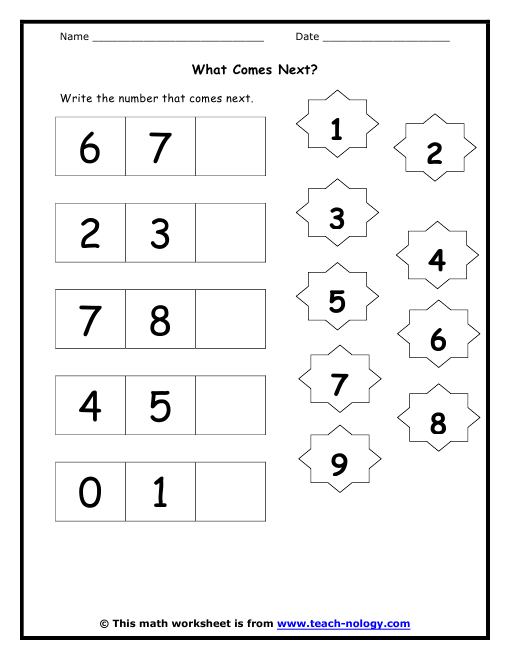
Using this game allows children to learn the names and attributes of the different 2-D and 3-D shapes they get exposed to in pre-kindergarten.
6) Who Has More?
This game is perfect for helping kids understand the concepts of more and less, which are critical in early math development.
What You’ll Need
- A small bowl or container
- A teaspoon
- A handful of objects (e.g., buttons, pennies, cereal pieces, etc.)
What To Do
Place the objects in one bowl. Have your child scoop a teaspoon of them out and count them. Then, you do the same and see who got the most. That person’s the winner!
Note: Counting past 10 is difficult at this age, so you’ll want to use big enough items (such as large kidney beans) and stick to a teaspoon for scooping so your child doesn’t end up with more than 10 per spoonful.
7) Read Math Books
Help your child develop a love for math by reading math-related books together.
What You’ll Need
- A mathematical-themed book to read together (see some recommendations below)
What To Do
Grab one of the following books and snuggle up with your little one for a math-themed storytime.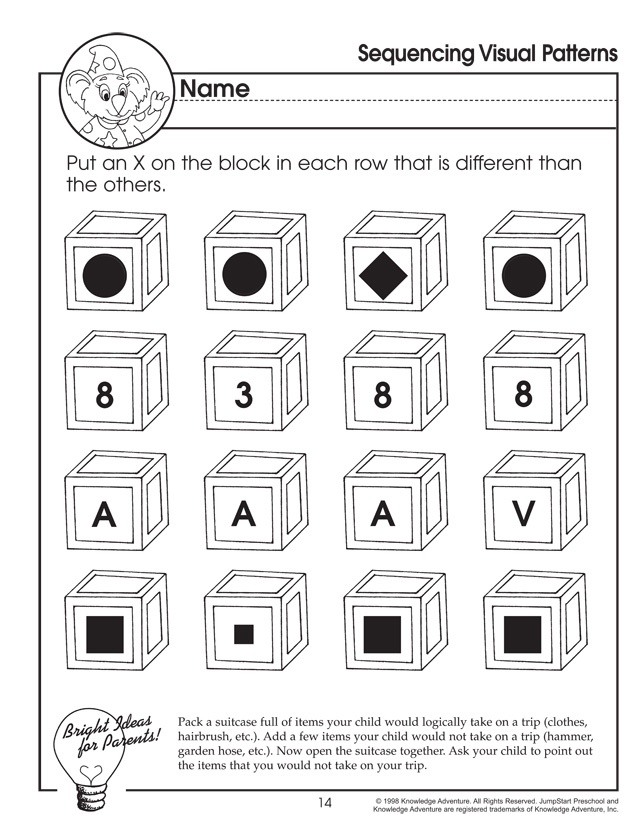 As you read, point out any mathematical concepts in the book.
As you read, point out any mathematical concepts in the book.
- From the Garden by Michael Dahl
- The Shape of Me and Other Stuff by Dr. Seuss
- The Button Box by Margarette S. Reid
- A Pair of Socks by Stuart J. Murphy
- The Berenstain Bears and the Spooky Old Tree by Stan and Jan Berenstain
- Pattern Fish by Trudy Harris
When you finish reading, discuss any new math concepts your child learned. You could even do a related activity or two to reinforce what they’ve learned.
8) In The Box
This game helps your child practice prepositions or direction words, like “under,” “behind,” and “in front of.” These concepts are essential for mathematical development as well as reading comprehension.
What You’ll Need
- A stuffed animal
- An empty box large enough for the animal to fit inside
What To Do
Ask your child to put the animal inside the box. If they have difficulty understanding what you mean, give them some clues. For example, you could say, “Put the animal in the box so that its head is sticking out,” or “Put the animal in the box so that only its tail is showing.”
If they have difficulty understanding what you mean, give them some clues. For example, you could say, “Put the animal in the box so that its head is sticking out,” or “Put the animal in the box so that only its tail is showing.”
Once the animal is in the box, ask them to describe where it is using prepositions. So, they might say, “The animal is in the box.”
Then, take the animal out and place it behind the box. Ask your child to describe its location again. For example, they might say, “The animal is behind the box.”
Next, let them take a turn placing the animal in, on, under, next to, etc. the box. When they’re done, you describe where it is. Continue taking turns as you practice different prepositions.
9) Number Line Race
This game helps kids with number recognition as well as one-to-one correspondence.
What You’ll Need
- Number cards (we recommend the ones from the HOMER Explore Numbers Kit)
- A die
What To Do:
Spread the cards out in numerical order, with a bit of space between each one.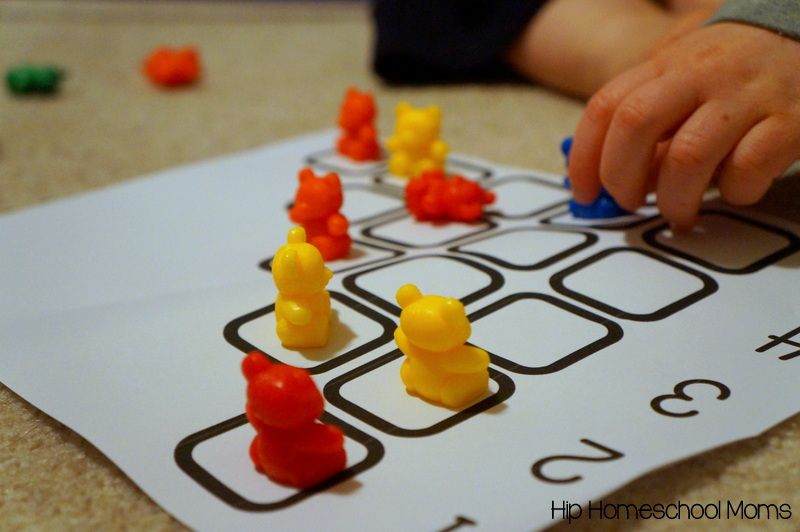 They should form a line on the floor, though it doesn’t need to be perfectly straight.
They should form a line on the floor, though it doesn’t need to be perfectly straight.
Have your child stand on the card with the number one on it. Hand them the die and let them roll it. Call out the number they rolled. Next, ask them to move that many numbers forward, moving from one index card to the next as they count aloud.
If they land on a number that would take them off the end of the line, they start from the beginning for their next throw (each player gets five throws). Then, it’s your turn! Start on one and see how far you can get, too.
The person to end on the card with the highest number is the winner!
Encouraging A Love Of Pre-K Math At Home
Pre-k math isn’t just reserved for pre-k classes. You can help your child explore the exciting world of pre-k math right from your home!
HOMER is always here to help and happy to be your at-home learning partner. Our Learn & Grow app offers tons of opportunities for your child to develop their pre-k math skills from conception to execution.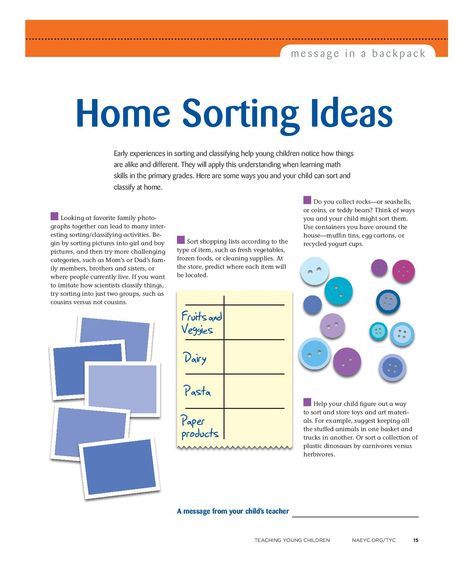
Our games are personalized to accommodate your child’s specific interests. They include pattern-identification games like Ribbons or shape-building games like the Castle Creator.
Your child can also explore the Shapery Bakery, where they help the cute, cuddly Tisa the Cat by sorting treats based on their shape. All that and so much more can help your child develop their pre-k math skills!
Author
Move to the content of
Rigakids - Information section - Development of mathematical skills in preschoolers in kindergarten through games
The development of mathematical skills in a child through games is gaining more and more popularity.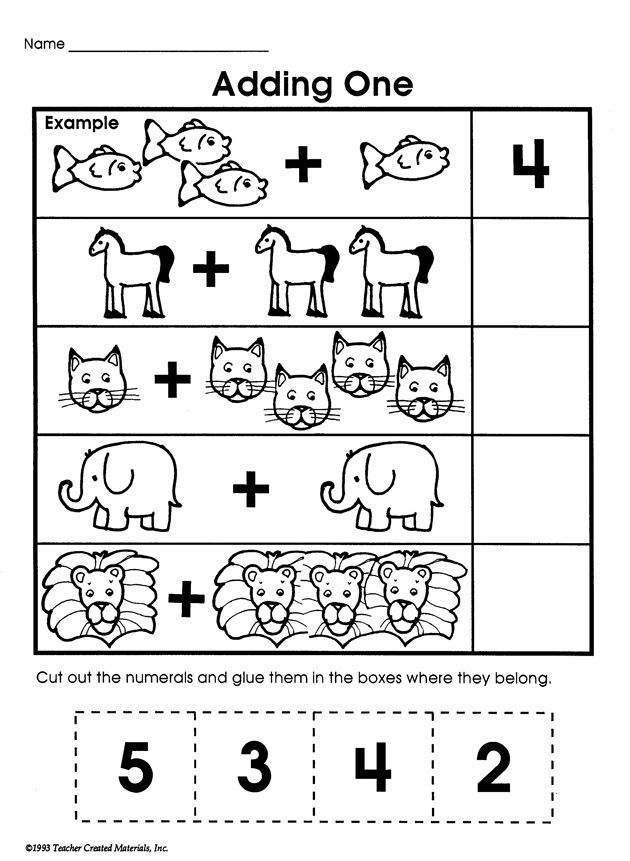
Many well-known private kindergartens, including ours, use this approach in teaching mathematics.
But why? What are the advantages of this method? Why is it better to use it, and not some other? Let's look into these issues!
Why is it best to teach a preschooler mathematics through games?
No one will argue with the fact that any education should be appropriate for the child's age.
At preschool age, children think differently than in their school years.
Play is essential for a child, especially under the age of 7. Even in the first years of schooling, children still have a huge need for games. For some, this need does not disappear even in old age.
Why do children like games so much? What is so special about games?
The charm of play for a child lies primarily in the fact that there is no real conditionality in it. The child himself creates the rules and his own reality. From the creator of the world that he invented for himself.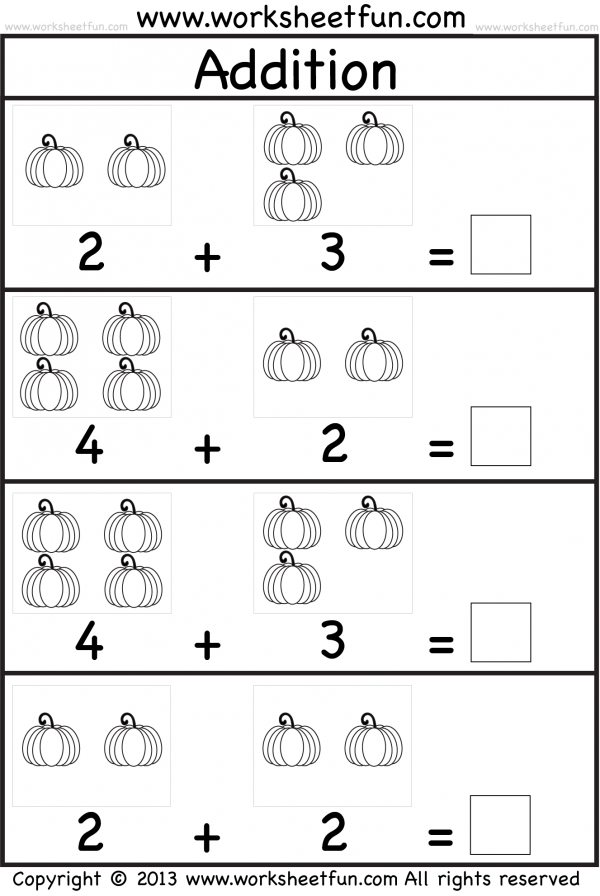
Mathematical or didactic games are based on this technique.
How does the development of mathematical skills through games work?
All tasks are given to the child in an exclusively playful way.
Through a variety of practical activities, children gain skills in counting, measuring and calculating without even knowing it.
Any didactic game contains two components: for yourself, mastering the skills.
Depending on which game is used, different types of influence on the child's consciousness are carried out. Two main ones can be distinguished.
Namely:
- the game is built in such a way as to surprise at the very beginning and thus motivate to go on with the process
- "search and discovery" the child masters the cause-and-effect relationship and perceives learning as a quest
No matter how the game is built, its main essence is to fill learning with emotional and cognitive content and cause joy.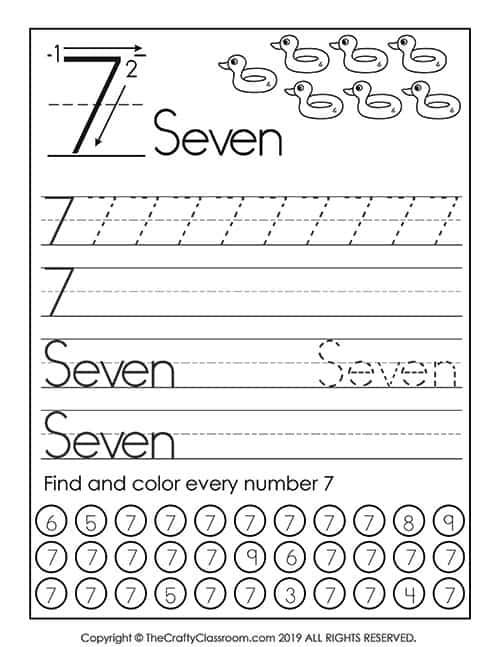
How do we teach mathematics to preschoolers in RigaKids kindergartens?
RigaKids pays special attention to teaching math skills. Our methodologists have developed a program based on the most modern approaches and the latest research in the field of preschool development.
⠀
Also, we don't have boring classes!
⠀
🏰 RIGA KIDS – a network of bilingual kindergartens
Other entries:
Development of mathematical abilities in preschoolers and schoolchildren
Teaching mathematics is not only about developing skills in counting and solving problems or equations. It also involves the development of mathematical abilities in children of preschool and primary school age. What are these abilities and how to develop them correctly depending on the age of the child?
The development of mathematical abilities in preschool children
In the understanding of most parents, the development of mathematical abilities in preschoolers includes the study of numbers and ordinal counting, as well as the inculcation of basic calculation skills at least within 10. It is these skills that are recommended to be mastered by toddlers, so that adaptation to grade 1 was easy. However, all this is only a small part of what needs to be mastered at preschool age.
It is these skills that are recommended to be mastered by toddlers, so that adaptation to grade 1 was easy. However, all this is only a small part of what needs to be mastered at preschool age.
In order for a baby to develop harmoniously, it is necessary to develop the ability to:
- see similarities and differences in various objects, correlate them with each other or, conversely, contrast them. It is important to teach a preschooler to analyze how objects are similar or different in color, shape, size.
- to separate the main from the secondary, the big picture from its details. For example, after looking at a picture of a closet with different clothing options, the baby should understand that the closet is something in common, and trousers, dresses, sweaters, hats and other clothes are details.
- use numbers - name and write numbers, small expressions with signs of addition and subtraction.
- navigate in space. Know such concepts as "above-below", "right-left" and so on.
- to understand what a forward and reverse sequence is. For example, if a book contains a series of numbers, he must be able to read them both forward and backward.
Mathematics and elementary school children
In elementary school age, a child needs even more mathematical skills than in preschool. In the first months of study, this is not so noticeable, because kids are just learning to solve examples and simple tasks. But the older the child gets, the more difficult the tasks become.
This is especially true for tasks in mathematics - in order to cope well with them, students need not only to know the measures of quantities and be able to correctly perform arithmetic operations, but also to understand the conditions of the proposed tasks. This is the main difficulty, because learning to add or multiply, subtract or divide is much easier than developing logical thinking.
It is logic that allows the child to understand what action needs to be performed in order to cope with this or that task. Without the ability to think logically, it is impossible to understand mathematics - you can only learn the rules, remember the schemes for solving exercises. But this will not help to cope with even simple, but unusual tasks for the student. Therefore, it is the development of logic and other types of thinking that should be emphasized.
How to develop math skills
First of all, you need to decide not even on the list of skills that you want to develop, but on the approach to learning. Just like preschoolers, elementary school students are better at accepting the game format of classes than any other. This is due to the fact that in childhood, the leading form of activity for a person is precisely the game. Unlike boring lessons, it captivates the child, arouses his increased interest. Therefore, it is better to study in the format of the game - so the student will not get tired, as from training loads.
You also need to decide what the extra classes will be and what results you plan to achieve.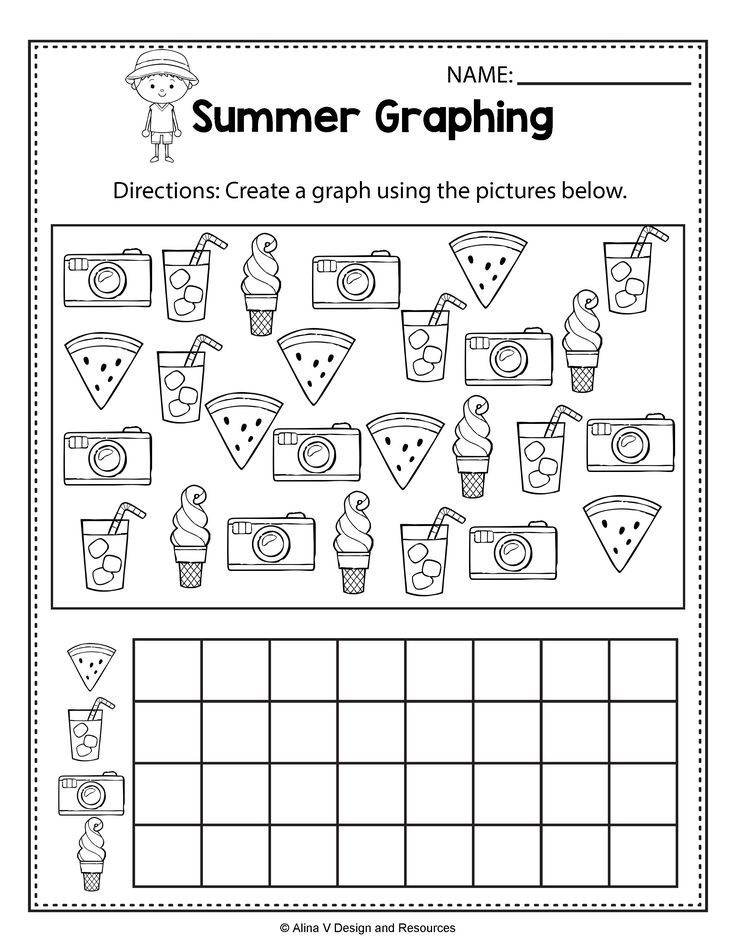 If a student devotes a lot of time to work in the classroom at school and doing homework, then this will be enough to reinforce what he has learned well. Therefore, it is better to focus not only on the repetition of school material, but also on the study of areas related to mathematics, on the development of logic and thinking. To do this, you need to choose a training program that will improve a wide range of skills. How to develop the mathematical abilities of a student in the most comprehensive way?
If a student devotes a lot of time to work in the classroom at school and doing homework, then this will be enough to reinforce what he has learned well. Therefore, it is better to focus not only on the repetition of school material, but also on the study of areas related to mathematics, on the development of logic and thinking. To do this, you need to choose a training program that will improve a wide range of skills. How to develop the mathematical abilities of a student in the most comprehensive way?
How to become a mathematician and what qualities should be developed from childhood
For learning to give the desired result, it must be conducted according to a proven methodology that not only trains the student's skills, but also instills in him an interest in the subject. Such a program is Amamatika - a course aimed at developing mathematical abilities in younger students.
Thanks to this technique, children will not only consolidate knowledge from the school curriculum, but will also be able to develop logic, spatial, creative and creative thinking, attention and memory.